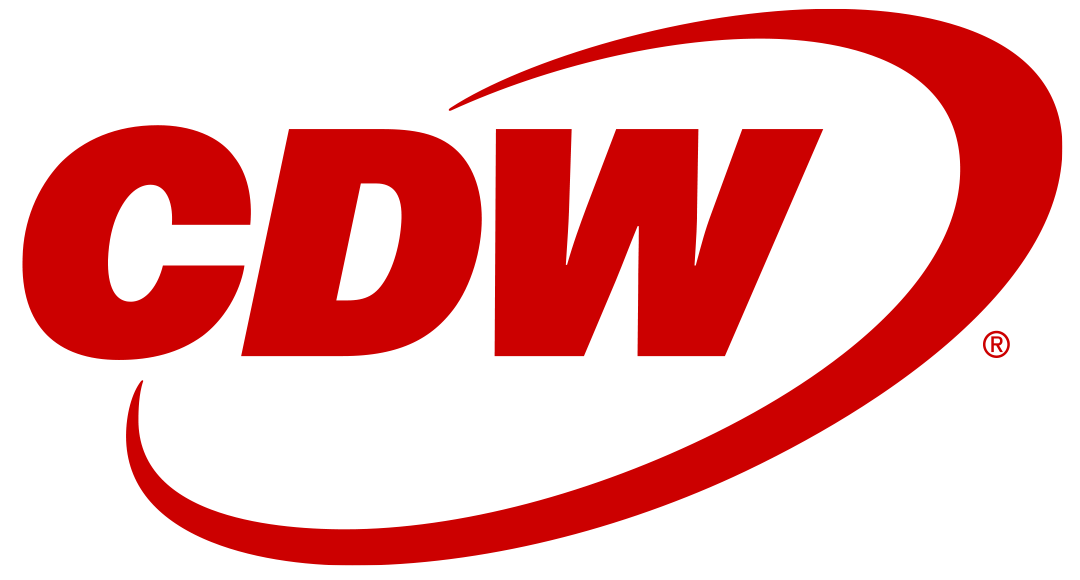The challenge
The ability to analyze and share disease-related health information across state, territorial, local, and tribal (STLT) health departments is critical to the CDC’s mission of mitigating national public health risks. To do so, the CDC relies on STLT departments to update the CDC’s National Electronic Disease Surveillance System (NEDSS), as much of the necessary work of tracking and surveilling infectious and communicable diseases is conducted by epidemiologists and case agents at health departments scattered across the nation. Many of these epidemiologists were asking for an improved user experience with modern technologies, a modern interface, and a platform that had a better extracting, transforming, and loading (ETL) process. Additionally, as STLT health departments made customizations- improving their local user experience, they inadvertently created variations to their instance of NBS (NEDSS Base System), making it virtually impossible to have a seamless upgrading process for important changes and improvements to the NBS system, such as new emerging diseases that need to be tracked and investigated, or updates to covid-related questions and data that the CDC needed to capture.
The solution
To understand the obstacles epidemiologists faced as they used the NBS system, CDW’s HCD team engaged in fly-on-the-wall observations, HCD understanding workshops, a heuristic evaluation, cocreation workshops, user focus groups, user testing, and usability testing. The HCD team identified four major obstacles:
- Cost and maintenance.
- ETL performance and lag time
- Nonstandard workflows impacted productivity
- Maintaining individual and local privacy
After seeking input from epidemiologists nationwide, CDW began to build user journey maps, user personas, workflow diagrams, stakeholder maps, and a service blueprint. Unlike typical IT architecture diagrams, a service blueprint allows stakeholders to visualize the relationships between different service components. Staff experts shared their invaluable experience as public health experts during the workshop and ideation process.
CDW recommended that the CDC take an iterative approach to transform the NBS bit-by-bit, using agile methodology. Making small, actionable steps demonstrates real progress to stakeholders who expressed skepticism that public health can improve. Additionally, the agile process helps CDW continue to collect real- time, tested feedback from users throughout the project — even as pilots are launched and used.
As CDW overhauls and transforms the NBS system bit by bit, they are also migrating those pieces to the cloud. CDC’s goal is for the entire NBS system to live in the cloud by the end of the project. Centrally governing the NBS system from the cloud will allow the CDC to deploy and standardize database processes to improve the user experience — and any upgrades can be pushed out across the entire system with the click of a mouse.
Outcomes
A public-health database is only effective if it is widely used, but it requires broad popularity for people to want to use it. By committing to a human-centered design process as it modernized its database, the CDC built buy-in and trust as the project unfolded. As new features and solutions are introduced and piloted, the CDC and CDW will continue to proactively solicit feedback from public health departments, changing course as needed to meet the needs of the epidemiologists who use NBS every day. As momentum continues to build, the database will become an easy-to-use, simple- to-search app that supports public health workers as they work, to do what they do best: prevent the spread of disease and keep us safe.

